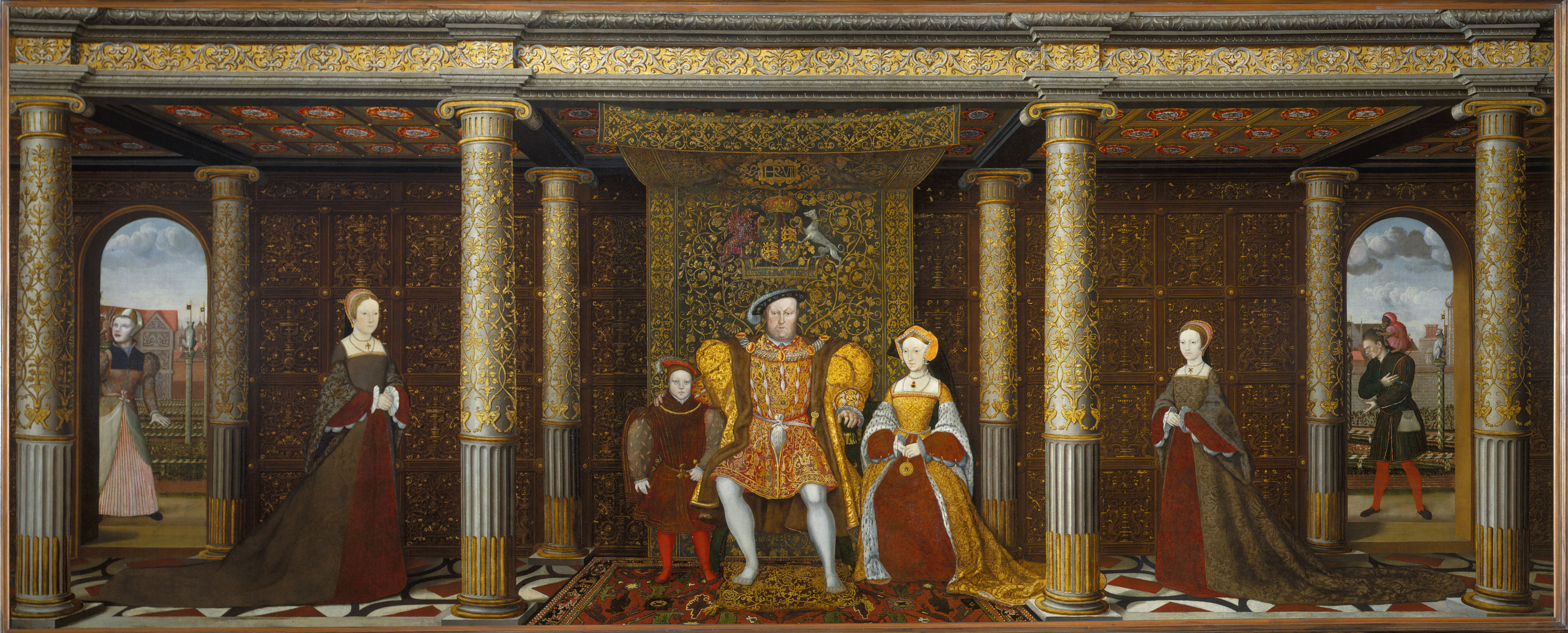What, you might ask has he got to do with e-learning, web 2.0, or the sort of stuff I usually blog about. Well, nothing, but bear with me a bit. On Saturday, acting on an impulse I decided to go to London and see the British Library’s current exhibition on the old devil.

If you haven’t seen it and have any interest at all in British or European History, I suggest you go at once. Apart from making me realise just how important the events of Henry’s reign were for the future of Europe there really is something quite strange in looking at a document bearing the handwriting of Henry himself. Makes him real in a way that no amount of pictures, or written history can do. Probably the eeriest document was a page of Thomas Cromwell’s “Remembraunces” (What we would call a to do list!) which listed “Discover his (i.e. Henry’s) pleasure regarding Sir Thomas More” as one of the little jobs for a day in the spring of 1536. Not, a matter that I would have thought something Cromwell would have been likely to forget about as More was executed in July of that year. I was also struck by a contemporary illustration of a man writing in his study by on open window, with his dog curled up at his feet. It was a completely familiar scene, and yet it’s age gave it a weirdly alien feel. Reminded me a bit of Douglas Adams’s crack: “The past is a foreign country, they do things exactly the same there!”
Aside from the history there was some interest from an e-learning perspective. Firstly they include an audio guide in the price of admission. (Which, might I add here, I thought steep at £9.00) Mine was faulty and seemed to deliver incomprehensible gibberish after about the first three sections. You got a few words, then a long silence, followed by a few more words. I guess the recording had been interfered with somehow. I find these things distract me from looking at the exhibits anyway so I was more than happy to turn it off. (Would have been nice to have a choice about paying for it though!) But it did set me wondering about whether such a thing could actually form a useful part of an exhibition by making them interact with the artefacts on display somehow. They’d have to be a bit more reliable though. Secondly there were also some quite nice flash based interactive exhibits of the actual documents, where you could look in detail at Henry’s annotations, usually where he was trying to find support for his case in his “Great Matter” (Getting his divorce from Katherine of Aragon). Some of them have been posted on the web at http://www.bl.uk/onlinegallery/onlineex/henryviii/interactive/index.html . There was a bit of local interest too in that some of the books he needed for evidence came from St Katherine’s priory in Lincoln. (I wonder where that was). I must confess I hadn’t realised he himself was so deeply involved in making his case.
So the exhibition format may have some value as a learning tool. Of course as I was already interested in the first place, I can’t read too much into that, but given what I’ve been thinking about e-portfolios, there might be some value in concentrating a little more on the presentation side of e-portfolios.